We're getting more and more excited about the Steam Deck, even though Valve has delayed it at least until February 2022 we do now have quite a few more fun details thanks to the recent Steamworks Virtual Conference.
During the event we had a few different people from Valve and AMD talk about quite a lot of things from software to hardware designs and all sorts in between. There we also a number of Q&A sessions where even more details emerged (like Proton or Native Linux?).
Here's a breakdown of some interesting things we now know (click to enlarge any pictures):
SteamOS / Steam UI
- SteamOS 3 is coming but it's not finished as they get it ready for the Steam Deck. Sounds like it won't be readily available to download and run on other systems until after the Steam Deck ships.
- SteamOS will have a read-only immutable main filesystem by default. Updates will be distributed as a whole image and so it will replace it. There will also be a developer mode to let you modify the filesystem.
- Installing external software is an option too. Developer mode is not needed for this, with Flatpak packages getting a clear mention (and "other methods"). They said there's some caveats but they didn't really make it clear what they were meaning.
- New universal search menu that combines results from your library, the store and your friends.
- Dedicated notifications button with a combined list of achievements, messages, downloads etc that's available anywhere.
- New on-screen keyboard has support for IME, multiple languages, layouts and emoji.
- This new SteamOS / Steam Deck UI is far easier for them to maintain and keep parity with the desktop client, so expect much faster and continual updates. Confirmed, again, it will replace Big Picture Mode.
Game Development
- As we wrote about, Valve suggest Manjaro Linux for now to test games but a more developer-focused OS download will be coming with additions like Gamescope and possibly a new gamepad UI.
- Valve are constantly in talks with Unity and Unreal on getting games working well. Additionally, they said they're definitely interested and actively supporting Godot Engine too.
- They confirmed (again?) they do not want developers to make Steam Deck exclusive games, as they see it as a PC.
- Developers can configure content depots on Steam marked as Steam Deck only. So instead of downloading a whole lot of high-resolution textures, developers can set a package of lower resolution textures just for the Deck (as one example).
Hardware
- Dev hardware has issues (as it's just a prototype), which Valve have been solving with the real retail hardware.
- There's a white Portal-themed Steam Deck, which sadly was a prototype that they said they're not able to bring at the same time as the main Steam Deck. However, more colour options are being looked into but that sounds far away.
- They of course did not design it in any way for VR.
- AMD FSR (FidelityFX Super Resolution) will work in games that already support it. A future SteamOS 3 update will include it for games that don't natively support it.
- A spare-parts store sounds like it's being worked on. They said they're "committed to providing as many spare parts after we ship as possible".
- They're "definitely" looking at it like a multi-generational product. This could mean a Steam Deck 2 in future, if it does well enough.
- The USB-C port is capable of 45W, capable of running the Steam Deck at max load while also charge at the full rate. This port also supports external peripherals up to 7.5W enough for webcams, controllers and storage devices and can also be used for docking the Steam Deck to support two 4K displays at 60Hz. You can also opt for half the display bandwidth and get USB 3 gen 2 instead.
- The level of performance-per-watt they've hit would not have been possible with any off the shelf processor that exists today.
- The official name for the AMD Zen 2 chip inside is "Aerith". Here's the diagram they showed off with all the bits inside:
- 1GB of VRAM for the GPU, however the GPU can access up to 8GB depending on what's happening.
Performance
- Storage speeds we already knew were different between models. Valve showed two diagrams that compared game loading performance and the bootup time. For game loading time there was an approximately 12% difference between the top-end model and the 64GB model, and 18% difference between the top model and an SD card. When it comes to boot time, they showed a 25% difference between the top model and the 64GB model.
- Valve picked clock speeds that they can sustain indefinitely so it won't boost up or clock down. They said the performance you see in the first 10 seconds should be the same in 2 hours time and of course the same performance regardless of handheld (battery), charging and docked. They do some extra things when you run out of thermal headroom, with a focus on keeping up GPU performance by throttling other things like charge rates, download speeds and even SSD bandwidth as the system attempts to keep the GPU clock as high as possible.
- There's no artificial limit on how much power the AMD APU can consume, they said they're working on a global FPS limiter to let users pick the balance between performance and battery life.
Steam Cloud
- Steam Cloud is getting an upgrade and will work differently for the Steam Deck. A new feature open to developers will allow them to have a game sync, when it's detected that a user suspends the Steam Deck. When suspending and the feature is ticked by a developer, it will upload any files changed since loading the game. This will make switching between the Steam Deck and another system with Steam on much better.
Steam Input
- A massively reworked interface for Steam Input to adjust your keybinds, with a consistent look across the Steam Deck and main Steam Client. Accessible via mouse/keyboard, touchscreen and gamepads.
- Getting a new set of controller glyphs (icons for A/B/X/Y etc), including those for different types of controller designs (Xbox, PlayStation).
Misc
- Valve are "finalizing" plans to have the Steam Deck available in more countries. Some are ahead of others, it's all about solving logistical issues but they don't have anything to announce right now on it. Still, good news that the problem is being continually worked on. Specifically they said they're working hard on Japan and Australia.
Of course there's a lot more details we missed, as it was hours long but those are some hopefully helpful bits.
They had a few technical troubles with the stream but the majority of it you can watch on YouTube, starting at around 1:04:26 or watch below in our embed:
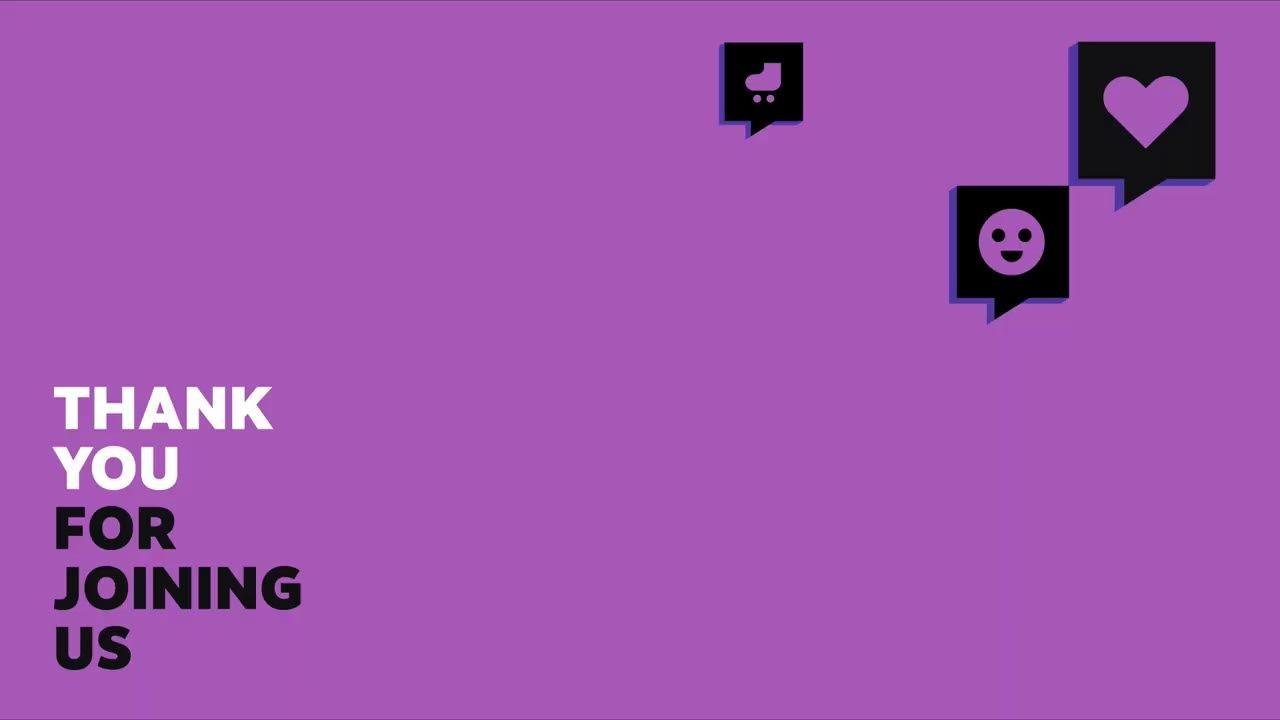
Direct Link
SteamOS with have a read-only immutable main filesystem by default. Updates will be distributed as a whole image and so it will replace it.Wait, what? The first thing I thought of when I heard about SteamOS 3 being Arch Linux based was updating the OS with pacman! And does read-only FS mean I can’t install stuff like another web browser for desktop mode?
-OS-level FSR can be used on games that don't support it natively
-suspend/resume API which will allow game developers to save/load thru cloud on suspend/resume
-Steam input configs are being moved to Steam Workshop
-For developers without a steam deck, they can create a similar experience with a mini-pc running Manjaro, small monitor and playstation controller, which they call the "Hacken deck": https://partner.steamgames.com/doc/steamdeck/testing
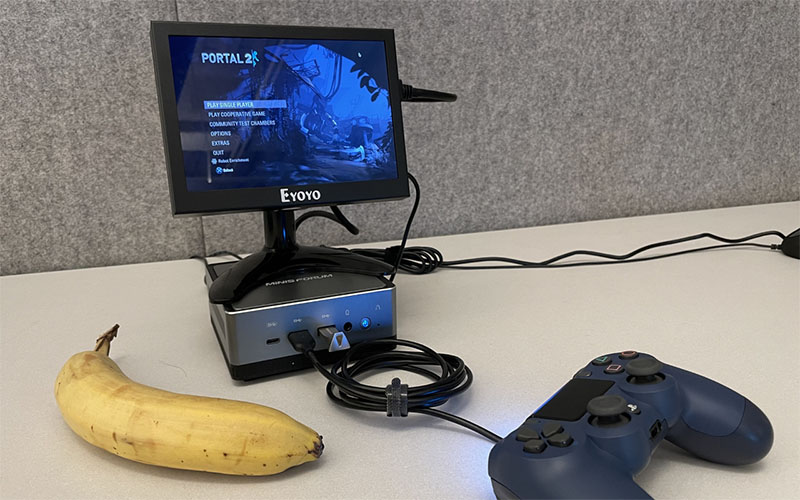
Note: The banana is a critical part of creating an accurate Steam Deck simulator

Chrome OS, Chimera OS (previously Gamer OS), Ubuntu Core, and Fedora Silverblue all do the same thing, as do Android and PlayStation. It's the sensible thing to do for an appliance.SteamOS with have a read-only immutable main filesystem by default. Updates will be distributed as a whole image and so it will replace it.Wait, what? The first thing I thought of when I heard about SteamOS 3 being Arch Linux based was updating the OS with pacman! And does read-only FS mean I can’t install stuff like another web browser for desktop mode?
Valve specifically called out flatpaks as being installable without having to put the underlying filesystem into "developer mode" and said that they'd have more details for everyone later.
For developers without a steam deck, they can create a similar experience with a mini-pc running Manjaro, small mon...This is noted. Second link.
Some other interesting tidbits I heard:so much for the simulator, what about the actual deck? will the banana be integrated? is it an option? or do i have to get my own one? if i need to get it myself, does the type or brand or ripeness matter/influence the experience? if so, how?
-OS-level FSR can be used on games that don't support it natively
-suspend/resume API which will allow game developers to save/load thru cloud on suspend/resume
-Steam input configs are being moved to Steam Workshop
-For developers without a steam deck, they can create a similar experience with a mini-pc running Manjaro, small monitor and playstation controller, which they call the "Hacken deck": https://partner.steamgames.com/doc/steamdeck/testing

Note: The banana is a critical part of creating an accurate Steam Deck simulator

there's a lot more questions open here than have been answered...................
Last edited by Liam Dawe on 13 Nov 2021 at 9:41 pm UTC
that is the part i dont get...
how they plan to allow people to install stuff then?
i mean, either you will have to rely on stuff that dont mess with the filesystem (eg: flatpaks, app images) stuff that dont install, update or remove dependences.
or you have to use developer mode to install anything that is not on steam.
"- SteamOS will have a read-only immutable main filesystem by default. Updates will be distributed as a whole image and so it will replace it. There will also be a developer mode to let you modify the filesystem."well, if you compare it to a real linux desktop it's definitely not understable... but in the end this is a mobile console, so valve wants to make sure the environment is in a state devs can rely upon, so they can be sure that what was tested in their lab behaves the same way for the users... just like playstation and others...
that is the part i dont get...
how they plan to allow people to install stuff then?
i mean, either you will have to rely on stuff that dont mess with the filesystem (eg: flatpaks, app images) stuff that dont install, update or remove dependences.
or you have to use developer mode to install anything that is not on steam.
i also want to install additional stuff to use it partially as a small laptop, but i'm fine with appimage (don't like flatpak) as long as they keep their system updated in a reasonable cycle with most recent security fixes, etc.
hopefully there will be more projects releasing appimage version so one can directly use that on the steam deck... but i'd rather prefer having some community repository/-ies (like packman) included in steamos or be able to add that to the system... would make it much more usable and easier to use...
But, yeah, ChimeraOS and every other console is working this way, that’s not really surprising. If you want a plain Arch Linux, then install it.
And it’ll be a lot easier for Valve to maintain it, and for non-tech users (and for Valve to support them).
"- SteamOS will have a read-only immutable main filesystem by default. Updates will be distributed as a whole image and so it will replace it. There will also be a developer mode to let you modify the filesystem."
that is the part i dont get...
how they plan to allow people to install stuff then?
i mean, either you will have to rely on stuff that dont mess with the filesystem (eg: flatpaks, app images) stuff that dont install, update or remove dependences.
or you have to use developer mode to install anything that is not on steam.
Yeah, it pretty much reads like they don't expect people to install stuff anywhere except for their Steam Library folder...
I guess the argument here is that the Steam Deck is mostly meant as a gaming device. That standpoint is understandable imho, as without external peripherals the device is not usable for much else.
If I were to use the Steam Deck in Desktop Mode, I honestly would nuke SteamOS in favour of a less gaming-centered Linux distro though.
(Okay, we all know I'm going to do that anyhow, because maintaining a Gentoo install is my favourite game, and the Gentoo team keeps releasing new levels for it.
Basically, I wouldn't worry too much about the immutable root. It's most likely just the mechanism they use to make sure you get atomic updates with controlled and tested base images with the nice side benefit that you can run updates on the device on the background without affecting the current runtime environment at all.
and the Gentoo team keeps releasing new levels for it.LOL)
"- SteamOS will have a read-only immutable main filesystem by default. Updates will be distributed as a whole image and so it will replace it. There will also be a developer mode to let you modify the filesystem."well, if you compare it to a real linux desktop it's definitely not understable... but in the end this is a mobile console, so valve wants to make sure the environment is in a state devs can rely upon, so they can be sure that what was tested in their lab behaves the same way for the users... just like playstation and others...
that is the part i dont get...
how they plan to allow people to install stuff then?
i mean, either you will have to rely on stuff that dont mess with the filesystem (eg: flatpaks, app images) stuff that dont install, update or remove dependences.
or you have to use developer mode to install anything that is not on steam.
i also want to install additional stuff to use it partially as a small laptop, but i'm fine with appimage (don't like flatpak) as long as they keep their system updated in a reasonable cycle with most recent security fixes, etc.
hopefully there will be more projects releasing appimage version so one can directly use that on the steam deck... but i'd rather prefer having some community repository/-ies (like packman) included in steamos or be able to add that to the system... would make it much more usable and easier to use...
i can understand the point, its just that i dont remember installing something on windows and breaking some unrelated stuff.
the aproach of duplicate libraries for each program was seen as an issue on the linux comunity, but at least it never had the issue of some other program demanding to update the library, then breaking an software that had nothing to do with it.
as for app images, flatpaks etc, they all have some issues integrating with my system.
eg: libre office bibliography database may be a niche feature, but holy shit, this thing dont even works here! is there any one testing this thing?
i have 2 versions of retro arch and vlc installed due to an bug that i dont remember what it was nor know if its fixed already, and every time i open vlc i dont know if im using the correct version or the version who will cause me problem someday.
(i think one feature was only working on the flatpak other in the snap or something like that)
not to mention that if the user customize something like the theme, some of those formats will ignore any customization...
sandboxing is good for security and ensuring that stuff will not break on updates, sometimes the native .deb /.rpm/etc is the best version currently avaliable for the program.
Where can you add your GOG games?
Last edited by Shmerl on 14 Nov 2021 at 2:21 am UTC
So how do you install anything additional if the main filesystem is immutable? Is /home mounted to some separate partition?I'd imagine it works exactly like Fedora Kinoite/Silverblue. As far as I can see, the system files are immutable, but `/home/*/` seems to be fine. I believe that's why Flatpak is fine too, since they often install on `~/.var`. So that means your main options for apps are Flatpak, pip (since it installs on `~/.local/bin`), and AppImage. So, once again, I'm going to mention Bauh since it'll be perfect for this case.
Where can you add your GOG games?
AUR might be fine too since that often installs on `/opt/`. I don't know, can someone who've used an immutable-style Arch distro confirm? Also, can anyone confirm if snap works fine on Arch and Fedora immutable-style filesystem? I don't really care about it, but it's good too know (particularly since it could maybe pressure Ubuntu to embrace Flatpak).
I don't think an ostree-like toolbox approach is a thing here, but you can probably toggle the read-only mode from system settings.
Last edited by fenglengshun on 14 Nov 2021 at 2:37 am UTC





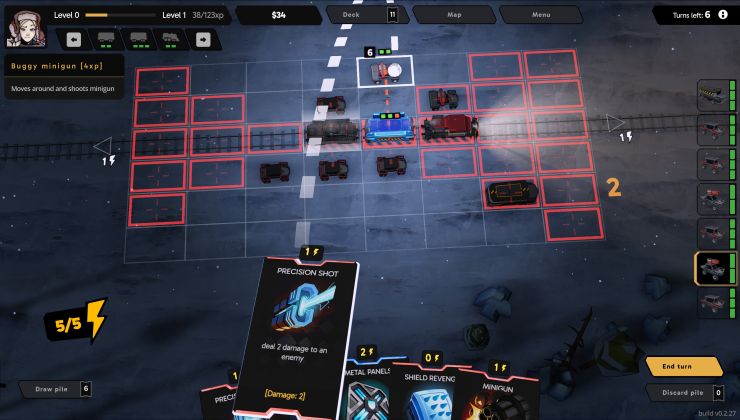
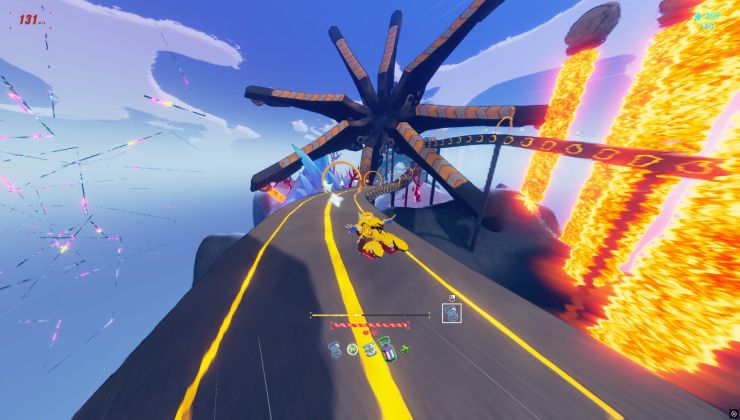
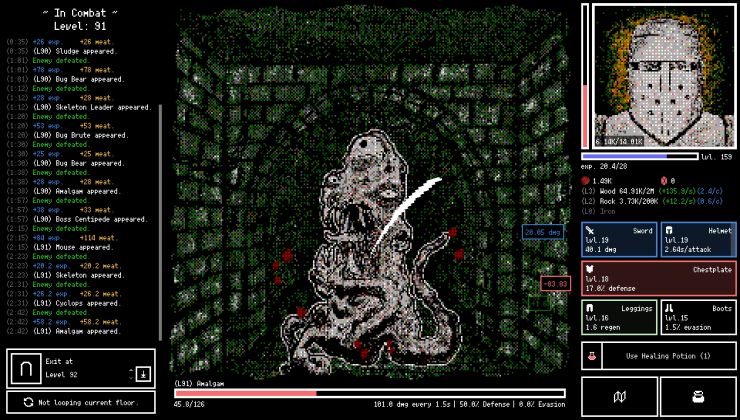










 How to set, change and reset your SteamOS / Steam Deck desktop sudo password
How to set, change and reset your SteamOS / Steam Deck desktop sudo password How to set up Decky Loader on Steam Deck / SteamOS for easy plugins
How to set up Decky Loader on Steam Deck / SteamOS for easy plugins
See more from me